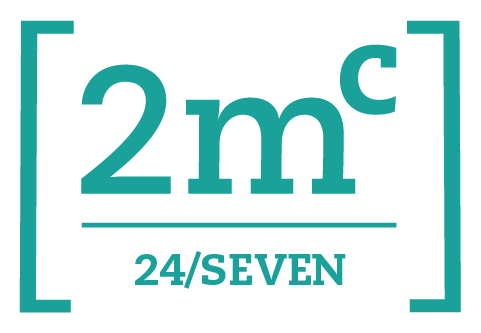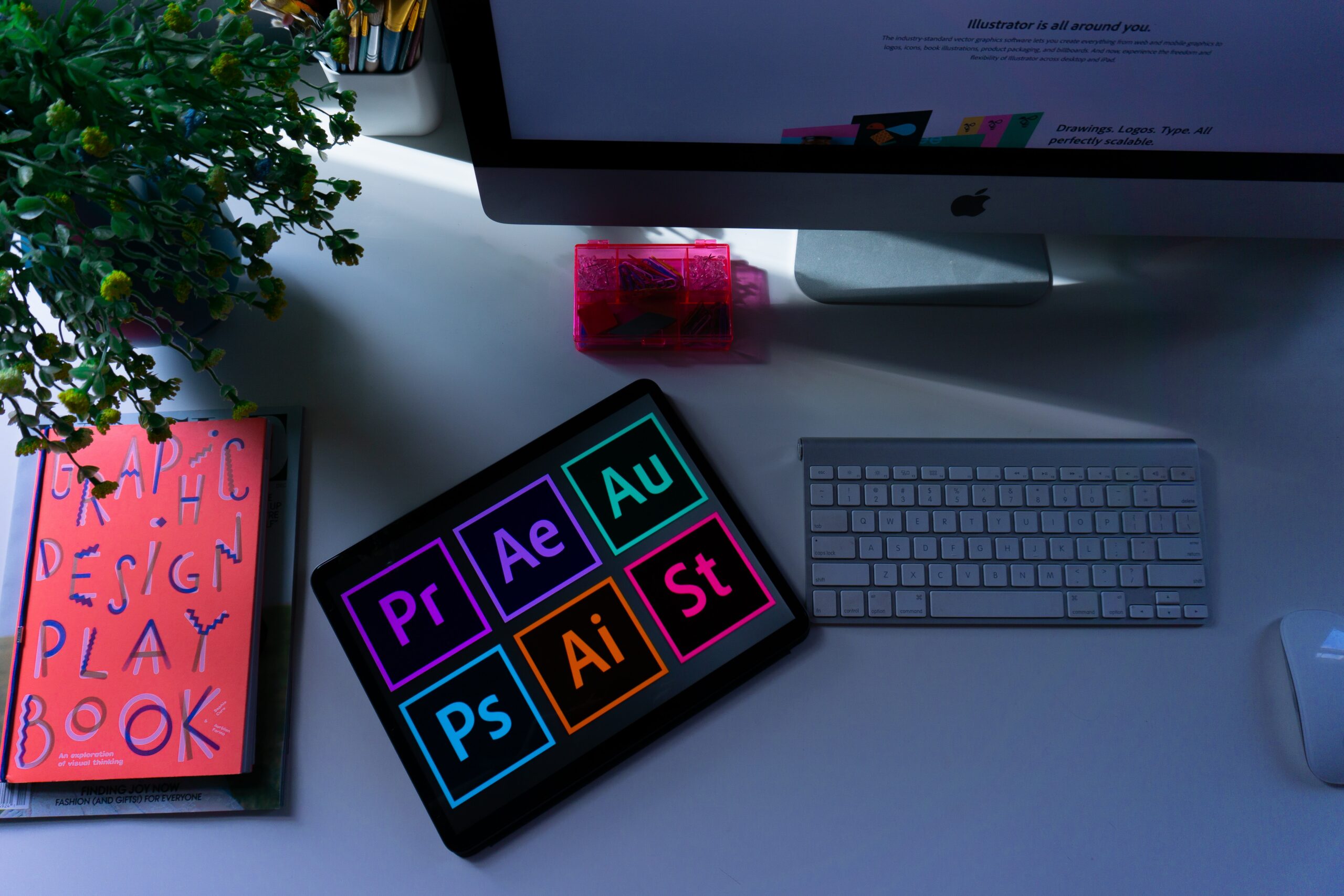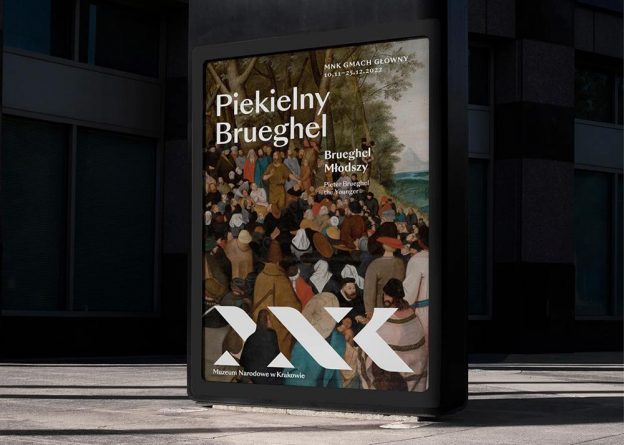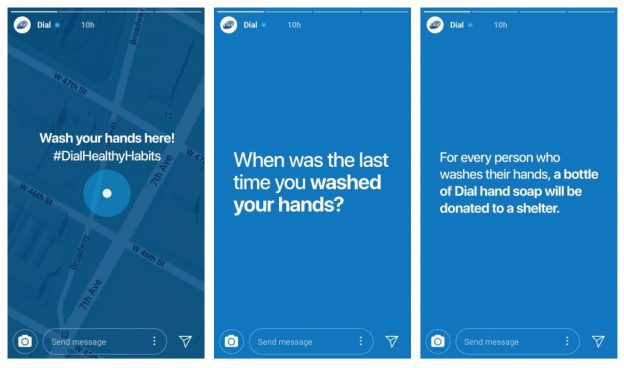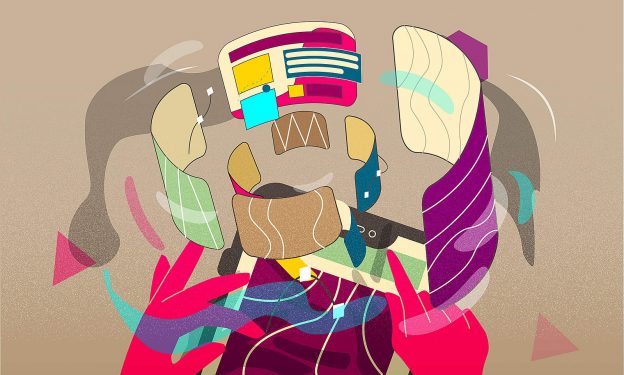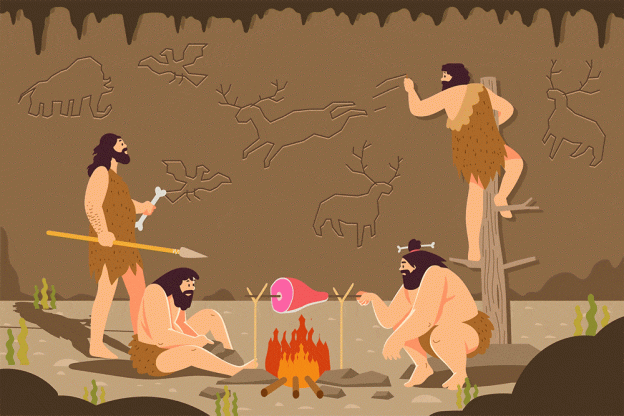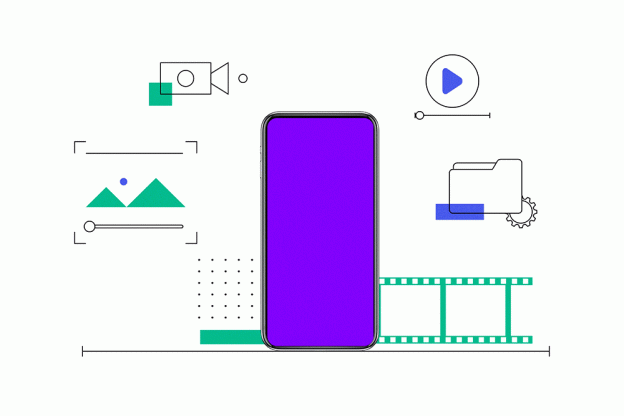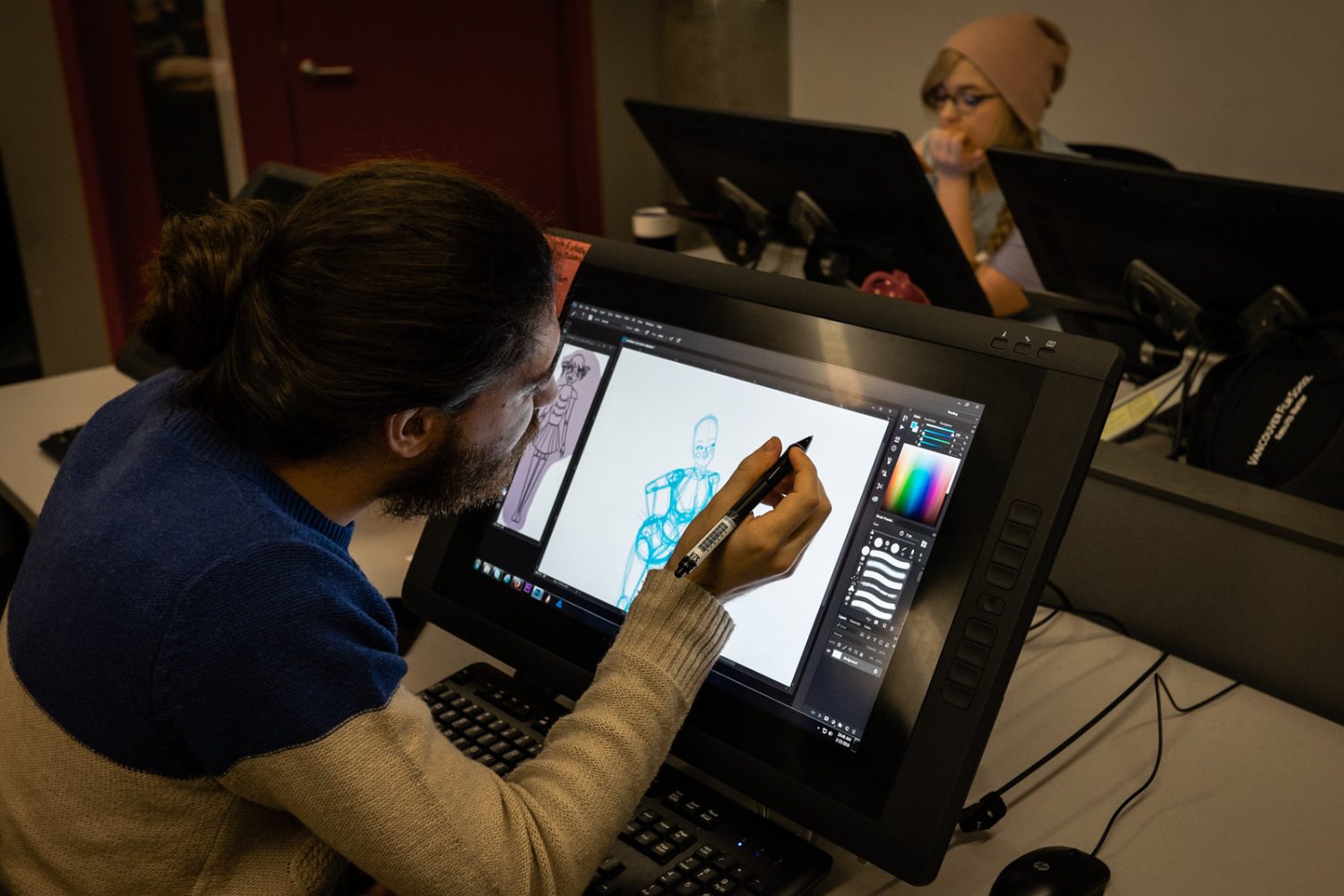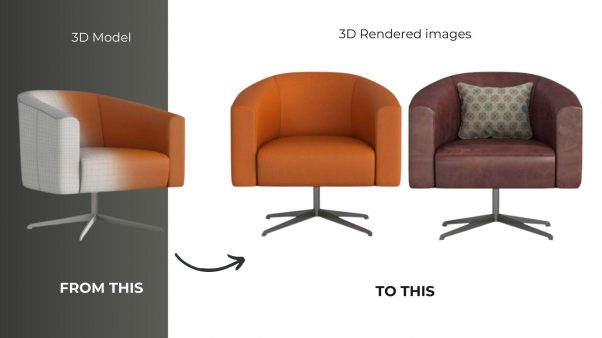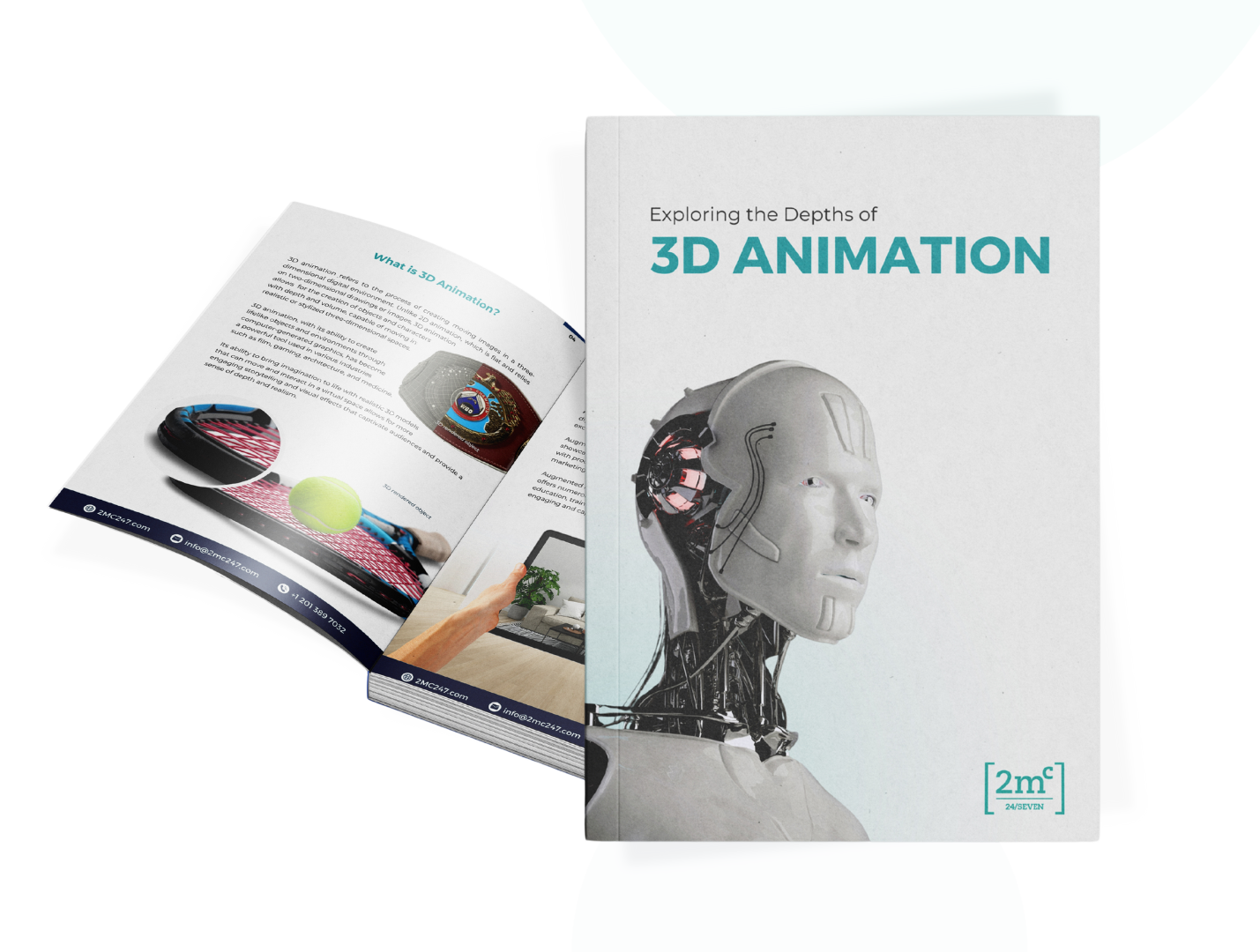CGI (Computer-Generated Imagery) continues to revolutionize the way businesses market their products and services.
With its ability to create highly realistic visualizations and emotionally engaging content, CGI has revolutionized the way businesses connect with customers and elevate their sales.
From realistic product imagery to imaginative and futuristic scenes, CGI offers businesses the opportunity to showcase their products or services in ways that were once only possible through traditional advertising methods.
In this article, we’ll explore the advantages of using CGI in marketing, including enhanced product visualization, personalized customer experiences, interactivity, cost savings, and flexibility.
We’ll also provide some insight into how CGI visualizations work, industry-specific applications of CGI in sales, and share best practices for effective CGI implementation in your sales and marketing strategies.
Let’s get into it.
Why CGI?

The utilization of CGI in marketing allows businesses to create visually compelling and emotionally engaging content, optimizing product imagery and evoking desired moods, thereby effectively capturing the attention and interest of their target audiences.
With the power of CGI, companies are able to go beyond traditional photography and explore imaginative and futuristic scenes that resonate with consumers on a deeper level.
By leveraging this technology, businesses can make a strong first impression on their websites, elevating their online presence and connecting with their customers in a more impactful way.
Benefits of CGI in Marketing
Captivate Your Audience
One of the primary CGI advantages is its ability to transform visual content into stunning, lifelike scenes that transcend traditional photography. It allows businesses to evoke emotions like excitement, curiosity, or wonder in customers, immersing them in imaginative and futuristic settings.
Flexible & Cost-Effective Imaging
Moreover, CGI empowers businesses to optimize product imagery without the need for expensive photoshoots or physical prototypes. This not only trims costs but also offers versatility in presenting products from various angles and contexts. With CGI, businesses can display their offerings in ways that resonate with their target audience’s preferences.
Dynamic Motion Graphics
Beyond static visuals, CGI opens doors to captivating motion graphics. Animated product demonstrations, interactive experiences, and dynamic content can leave a lasting impression on potential customers.
Incorporating motion graphics into your marketing strategy can have a profound impact on your brand’s visibility and engagement levels. The ability to deliver information in an engaging and visually appealing manner not only captures your audience’s attention but also fosters a deeper connection.
This, in turn, can enhance brand recall and customer loyalty. By leveraging the dynamic nature of motion graphics, businesses can elevate their online presence and stand out in the digital landscape, making a memorable impression on potential customers and increasing the effectiveness of their marketing efforts.
Tailored Experiences & Interactive Engagement
CGI enables businesses to create customized visualizations tailored to individual customer needs. In the fashion industry, customers can input their measurements and witness CGI representations of outfits on themselves.
This personalization fosters a strong connection with customers, enhancing their shopping experience and fostering brand loyalty.
Furthermore, CGI allows businesses to design virtual showrooms and 3D product demonstrations, letting customers explore products, zoom in on details, and interact with them in real-time. This interactivity keeps customers engaged and creates a memorable impression, setting your brand apart from competitors.
5 Ways Businesses Can Use CGI to Enhance Their Marketing Efforts

Showcasing Products in Action
One of the most effective ways to use CGI as a sales tool is to create visualizations that show your products in action.
For example, if you sell machinery, you could create a CGI video that demonstrates how your equipment works in a manufacturing environment.
Or if you sell furniture, you could create a virtual room where customers can see how your pieces would look in a home setting. By showing your products in action, you can help customers visualize how they would use them in real-world situations.
Customization
Another great use of CGI in sales is customization. With CGI, you can create visualizations of your products that can be customized to suit the specific needs of individual customers.
A good example is one we gave before for fashion brands who sell clothing. With CGI, you could create a tool that allows customers to input their measurements and see exactly how a particular outfit would look on them.
This kind of customization can help customers feel more connected to your products and increase the likelihood of a sale.
Interactive Experiences
CGI can also be used to create interactive experiences that engage customers and encourage them to explore your products in more detail.
Virtual showrooms where customers can explore your products in a 3D environment, zoom in on details, and even interact with them in real-time is a good way to go about this. This kind of interactive experience can be a powerful way to showcase your products and create a memorable impression on potential customers.
Demonstrating Features
Another effective use of CGI in sales is to demonstrate the features and benefits of your products.
For example, if you sell electronics, you could create a CGI video that shows how your products work, highlighting their key features and benefits. This can be particularly useful for complex products that may be difficult to explain through traditional marketing materials.
Social Media
Finally, don’t forget about the power of social media when it comes to using CGI as a sales tool. Social media platforms like Instagram and TikTok are particularly well-suited to showcasing visually stunning CGI visuals that can help generate interest in your products. By sharing CGI visuals on social media, you can reach a wider audience and increase awareness of your brand.
Step-by-Step Guide to Creating CGI Visualizations
CGI visualization technology employs advanced computer-generated techniques to create visually immersive and realistic representations of products and scenarios.
It allows businesses to showcase their offerings in a way that captivates their target audience and elicits an emotional response.
Creating CGI visualizations requires careful planning and execution. While the process may seem complex, breaking it down into manageable steps can help you navigate through it effectively. Here’s a step-by-step guide to help you get started:
1. Concept Development: Begin by defining the objectives of your CGI project. Determine what you aim to achieve, whether it’s showcasing a product, creating an interactive experience, or demonstrating a concept. Collaborate with CGI professionals to brainstorm ideas and outline the scope of the project.
2. 3D Modeling: Once the concept is established, the next step is to create a 3D model of your product or scene. Skilled 3D artists will transform your vision into a digital representation, meticulously crafting the geometry, proportions, and details to ensure accuracy and realism.
3. Texturing: Texturing adds visual details to the 3D model, such as colors, patterns, and surface textures. It brings the CGI visualization to life, making it visually compelling and believable. Artists use various techniques and software tools to achieve the desired look and feel.
4. Lighting: Lighting plays a crucial role in CGI, as it sets the mood, highlights important features, and creates realistic shadows and reflections. CGI professionals carefully design and position virtual lights to achieve the desired visual effect and enhance the overall aesthetics of the visualization.
5. Rendering: Rendering is the process of generating the final high-resolution images or videos from the 3D scene. It involves complex calculations to simulate the interaction of light with the objects in the virtual environment.
Depending on the complexity of the scene, rendering can take considerable time and computational resources.
6. Post-Production: After rendering, the CGI visuals go through post-production. This stage involves enhancing the images or videos through color correction, adding special effects, and integrating them into other marketing materials or platforms. It’s an opportunity to refine the visuals and ensure they align with your brand identity.
By following these steps and collaborating with experienced CGI professionals, you can bring your vision to life and create compelling visualizations that captivate your audience and drive sales.
Industry-Specific Applications of CGI in Sales
The versatility of CGI makes it applicable across various industries. Let’s explore how different sectors can leverage CGI to enhance their sales strategies:
Fashion

In the fashion industry, CGI allows designers and retailers to create digital representations of clothing, accessories, and footwear. By employing CGI, businesses can showcase their latest collections without the need for physical prototypes or costly photoshoots.
Customers can see detailed visualizations of garments, observe the fabric’s texture, and visualize how they would look when worn. This enhances the shopping experience, improves customer confidence, and reduces return rates.
Home Furnishings

CGI is a valuable tool for showcasing furniture and home decor products. By creating virtual rooms or environments, businesses can demonstrate how their products would fit into various interior design styles.
Customers can visualize how different pieces complement each other, experiment with different layouts, and make more confident purchase decisions. CGI also allows businesses to display product variations, such as different colors, materials, or finishes, providing customers with a comprehensive view of their options.
Consumer Electronics

The consumer electronics industry can leverage CGI to showcase the features and functionality of their products. Through animated visuals or interactive demonstrations, businesses can highlight the innovative aspects of their devices, including touchscreens, user interfaces, and advanced functionalities.
CGI enables businesses to present complex concepts in a visually engaging and easy-to-understand manner, making it more likely for customers to grasp the value and make a purchase.
Automotive

Automotive companies can utilize CGI to showcase new car models, allowing potential customers to virtually explore the vehicles from every angle. CGI enables the presentation of customizable options, demonstrating different color choices, interior configurations, and optional features. This immersive experience enhances the customer’s understanding of the product and increases the likelihood of a sale.
Real Estate

Real estate developers can utilize CGI to create stunning architectural renderings of properties that have yet to be built. By providing realistic visualizations of homes, apartments, or commercial spaces, potential buyers can gain a sense of the layout, design, and overall aesthetics.
CGI enables developers to showcase different interior design options, landscaping possibilities, and even simulate the views from different rooms, assisting buyers in making informed decisions.
These are just a few examples of how CGI can be applied in specific industries. Regardless of your sector, CGI offers opportunities to elevate your sales strategies, provide immersive experiences, and engage customers on a deeper level.
Best Practices for CGI Implementation
Implementing CGI visualization technology in marketing campaigns can enhance brand storytelling by creating visually immersive and emotionally captivating content that resonates with target audiences.
By leveraging CGI, marketers have the ability to create realistic and imaginative scenes that go beyond what traditional photography can achieve. This opens up opportunities to capture viewers’ attention and make a strong first impression on websites, ultimately increasing engagement and driving sales.
Define Clear Objectives: Clearly outline your goals and expectations for using CGI. Identify the specific areas where CGI can enhance your sales efforts, whether it’s showcasing products, creating interactive experiences, or providing customization options.
Collaborate with CGI Professionals: Partner with experienced CGI professionals who understand your industry and can bring your vision to life. Collaborate closely throughout the production process to ensure the final visuals align with your brand identity and meet your objectives.
Integrate CGI Across Marketing Channels: Incorporate CGI visuals into various marketing channels, such as your website, social media platforms, and print materials. Consistent branding and messaging across these channels will strengthen your overall marketing efforts and create a cohesive customer experience.
Continuously Innovate: Stay updated with the latest trends, technologies, and innovations in the CGI field. Embrace new tools and techniques to push the boundaries of what is possible with CGI and to differentiate your brand from competitors.
Optimize Product Imagery: With CGI, businesses can showcase their products from different angles, highlight key features, and demonstrate how they work in a way that is visually appealing and informative. This not only helps potential customers understand the product better but also creates an emotional connection through compelling visuals.
Motion Graphics: Another best practice is leveraging motion graphics to enhance user engagement. By incorporating dynamic elements into marketing content, such as animated logos or interactive visuals, businesses can capture viewers’ attention and keep them engaged for longer periods of time. Motion graphics add a sense of excitement and interactivity, making the overall experience more memorable.
Overall, implementing CGI in marketing campaigns allows businesses to create visually stunning content that captivates audiences and drives sales.
By following best practices such as optimizing product imagery and utilizing motion graphics, companies can effectively communicate their brand message while providing an engaging and innovative experience for their target audience.
Overcoming Challenges in Implementing CGI Marketing
While CGI offers tremendous benefits, it’s important to be aware of and address potential challenges that may arise during its implementation. Here are some common obstacles and strategies for overcoming them.

Cost Considerations
CGI production can involve upfront costs, including hiring skilled professionals, acquiring specialized software, and investing in powerful hardware.
To overcome this challenge, carefully evaluate the return on investment and consider partnering with experienced CGI companies that offer cost-effective packages tailored to your needs. Additionally, prioritize the CGI elements that will have the most significant impact on your marketing goals.
Technical Expertise
CGI requires specialized skills and knowledge. If you lack in-house expertise, partnering with CGI professionals can bridge the gap. Collaborate with experienced artists and technicians who understand your industry and can bring your vision to life. Clear communication, well-defined project briefs, and regular feedback loops will ensure the desired outcomes are achieved.
Consistent Branding
CGI visuals should align with your brand identity and messaging to maintain consistency across all marketing materials. Establish clear guidelines for CGI production, including color palettes, textures, and visual styles. Provide CGI artists with reference materials and collaborate closely to ensure the final visuals accurately represent your brand.
Time Constraints
Certain levels of CGI production can be time-consuming, especially for complex projects. Proper planning and realistic timelines are crucial. Start the CGI process early to allow ample time for concept development, iterations, and revisions.
Establish open lines of communication with the CGI team to address any issues promptly and avoid delays.
By proactively addressing these challenges, businesses can successfully implement CGI in their marketing strategies and reap the benefits it offers.
Conclusion

CGI offers numerous benefits for businesses of all sizes. It provides a cost-effective solution for creating high-quality visuals without the need for expensive photoshoots or physical prototypes. Moreover, it allows for flexibility in design iterations and customization, enabling companies to showcase their products in various settings and configurations.
Furthermore, CGI enables businesses to tap into the realm of imagination and create futuristic and fantastical scenes that resonate with consumers on a deeper level. This not only enhances customer engagement but also elevates sales by appealing to the desires and aspirations of potential buyers.
In conclusion, the power of CGI in marketing should not be underestimated. Its ability to create visually captivating and emotionally engaging content has revolutionized the way businesses connect with their target audiences.
By leveraging CGI technology, companies can optimize product imagery, capture imaginative scenes, and enhance their overall branding.
To fully harness the power of CGI in marketing, businesses should follow best practices for implementation. Especially as it includes collaborating with skilled CGI artists who understand both technical aspects and artistic vision.
Additionally, integrating CGI seamlessly into existing marketing strategies ensures consistency across all channels.
Ready to take your marketing and sales to the next level with CGI? Get in contact with us today and we’ll make your dreams come true.
